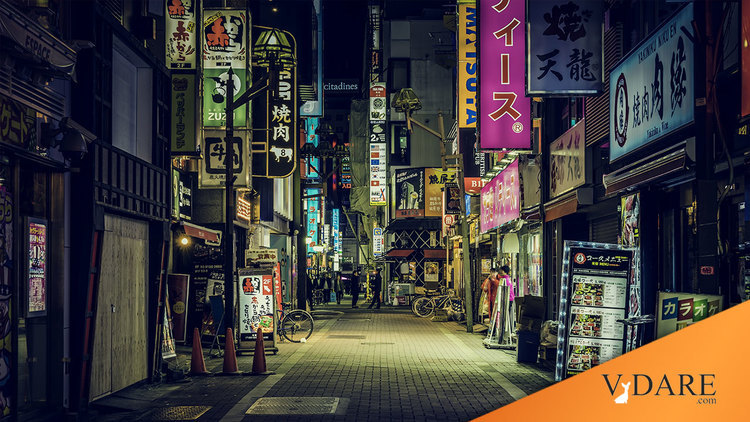


01/08/2012
Eamonn Fingleton writes on "The Myth of Japan’s Failure." We've all heard a million times about how since 1990 Japan has turned into a post-apocalyptic wasteland ruled by the Humongous, but it actually looks pretty nice. A friend who moved to Japan in 1980 said that back then it was full of ugly buildings and poorly dressed people. Now, it’s full of nice buildings and well-dressed people.
That brings up a general question I have about economic statistics. It strikes me that one of the overlooked factors in comparing wealth over long periods of time is that buildings don’t burn down as much as they used to. For example, one reason Japan in 2012 is better off than in 1990 is that it has now been 67 years since the B-29s last firebombed the place rather than 45 years.
But even in places that haven’t been ravaged by war or earthquake-caused fires, like Chicago, the rate of fire loss is way down. Assets accumulate when they don’t burn up. People can devote economic resources to new stuff instead of replacing old stuff that went up in smoke. Has this ever been measured?